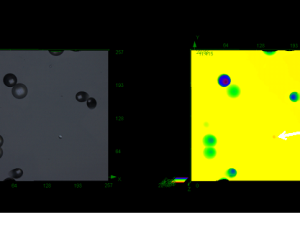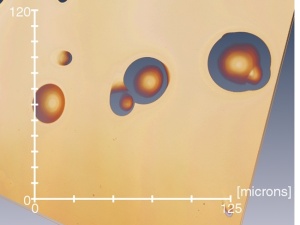Shallow Sediment as a Phosphorus Reservoir in an Oligotrophic Lake
Abstract
Lake sediment is an important reservoir for storage of phosphorus (P). Skaneateles Lake, a pristine oligotrophic, midsize lake in New York State, USA, is the primary unfiltered water source for the city of Syracuse and nearby communities. We conducted a lake-wide survey of shallow sediments in Skaneateles Lake to inform understanding of the potential role of sediment in P storage and release into the water column. A total of 103 shallow samples of surface sediments were collected along 17 transects around the lake margin and analyzed for sediment and pore water elemental concentration, grain size, total organic carbon, nitrogen, carbonate content, stable isotopes of carbon, and mineral content. Reduction-oxidation (redox) processes of Fe-bound and Mn-bound P appear to be a primary control of P storage and release. Sediment P concentrations are positively correlated with water depth and negatively correlated with Ca. Grain size and sediment P distributions around the lake are heterogeneous and patchy. Pore water concentrations reveal strong but variable partitioning of P, apparently controlled by sediment redox conditions. Pore water P concentrations (mean 90 μg L−1) are elevated compared with the oligotrophic water column (∼5 μg L−1) and may be an important source of nutrients to the water column of the lake.



